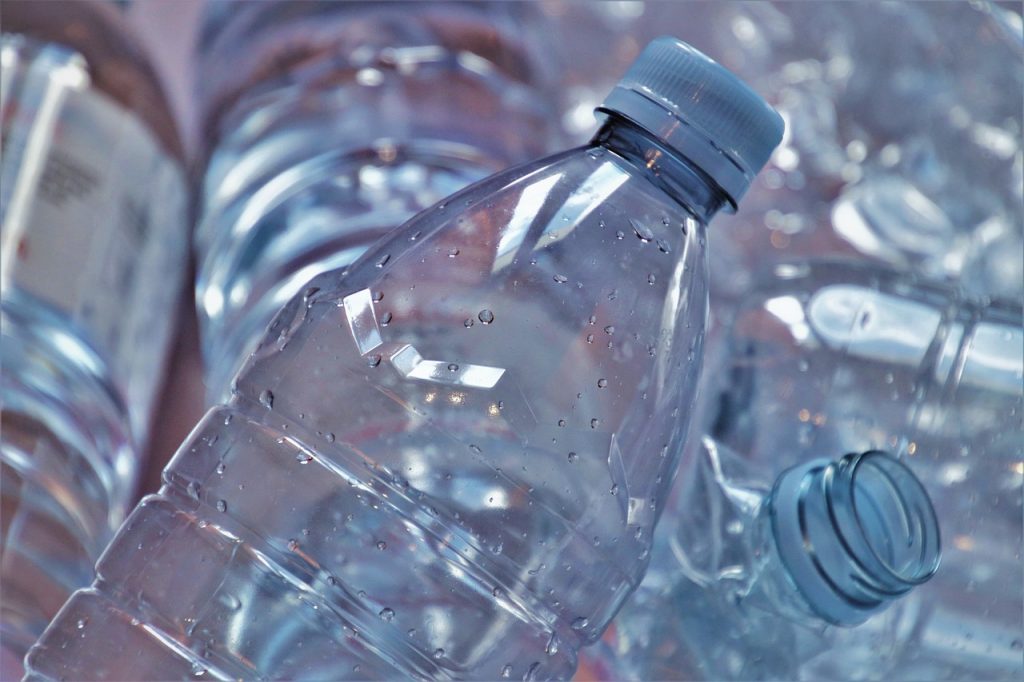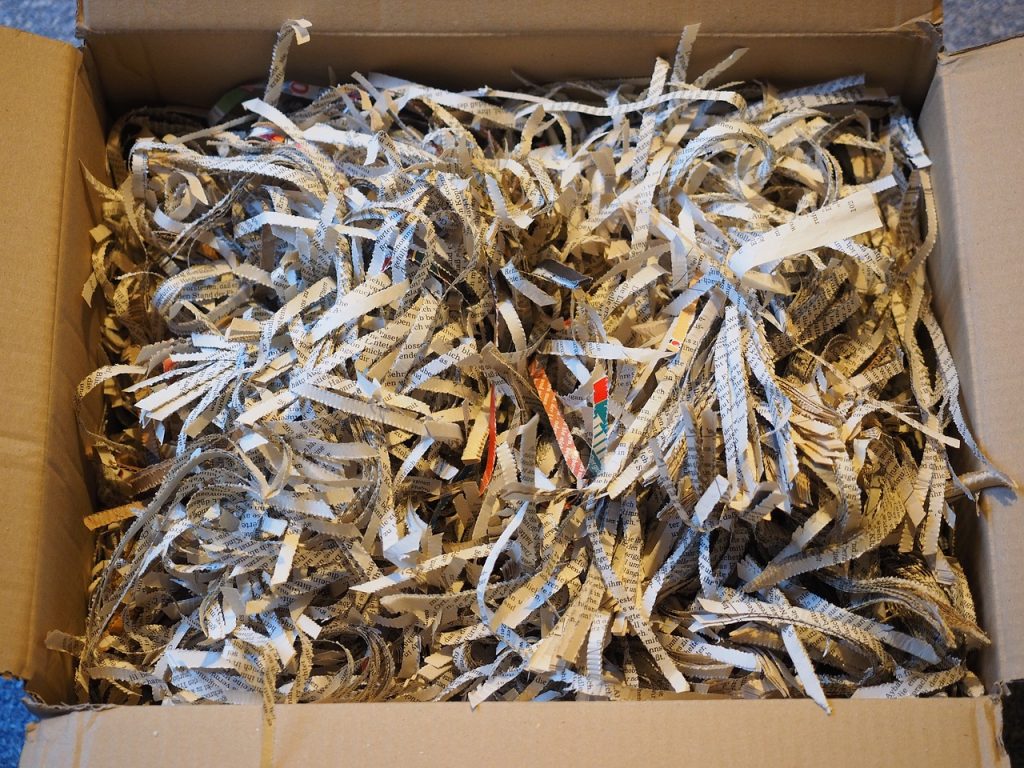- Rinse out your plastic bottles to remove any residue.
- Segregate bottles based on their recycling numbers, usually found at the bottom.
- Place the bottles in the appropriate recycling bin.
- Ensure caps are attached or recycled separately, as they may be made of different plastic types.
- Recycling facilities will clean, shred, and melt the bottles.
- The recycled plastic is then remolded into new products, ranging from new bottles to clothing and furniture.
Understanding how to recycle plastic bottles for the benefit of the environment
It’s time to delve deep into understanding why we must recycle. Curious? Let’s start by grasping how to recycle those ubiquitous plastic bottles. It’s more than just throwing them into a recycling bin. Cleaning and segregating are integral procedures in the plastic recycling process. To recycle efficiently, make sure to rinse out your bottles and segregate them based on their recycling numbers, usually found at the bottom of the containers.
So, why stress on recycling plastic bottles? Here’s why. Every time we recycle, we reduce the number of raw resources needed to create new products and also contribute to mitigating climate change. Recycling not only saves energy but also reduces landfill space. Plastic bottles, in particular, pose a huge challenge due to their durability and longevity. But the very same qualities make recycled plastic bottles a versatile resource.
Imagine this, recycled plastic bottles can be transformed into clothing, furniture, and more! That’s the power of recycling. It’s a win-win situation for everyone, and more importantly, for our environment. We stand to gain so much by devoting some time and effort to recycle relentlessly. So, let’s keep the recycling cycle moving and make a difference every day!
Imagine this, recycled plastic bottles can be transformed into clothing, furniture, and more! That’s the power of recycling. It’s a win-win situation for everyone, and more importantly, for our environment. We stand to gain so much by devoting some time and effort to recycle relentlessly. So, let’s keep the recycling cycle moving and make a difference every day!
Exploring the value of a plastic bottle: From use to recycling
The value of plastic bottles goes far beyond their initial use. While their primary purpose is to contain fluids for consumption on the go, these throwaway items hold their weight in gold when it comes to recycling. Plastic bottles serve numerous roles in the recycling world. Once you’ve enjoyed your drink, don’t just toss the bottle. Instead, recycle it. You’re not just getting rid of your plastic waste, you’re also contributing to making new products, and reducing pollution. The steps to recycle plastic bottles are simple and start with a basic cleaning process. The bottles are then crushed, melted, and remolded into new plastic products. But why should we recycle plastic bottles? The answer lies in the enormous environmental and economic benefits that come with recycling. Plastic bottles, once recycled, can serve numerous purposes. They can transform into a new bottle, a furniture piece, or a clothing item. Therefore, always remember, whenever your hands touch a plastic bottle, you aren’t just holding a container; you’re clutching a potential solution to some of the world’s biggest environmental issues.
Health benefits from recycled water bottles: A closer analysis
Who wouldn’t want to live a healthier life? One of the ways we can contribute to this and to the environment’s wellness is by recycling. A recycled water bottle, for instance, has health benefits we don’t usually consider. It’s quite crucial we look more closely on it and how this concept of recycled bottles affects us both biologically and environmentally.
Recycled bottles are cleaned extensively and designed to be reused. Water bottles, in particular, offer surprising advantages. A recycled water bottle doesn’t just serve to quench our thirst, it stops waste from rapidly adding up. What does this mean for your health? Well, consider this: by preventing the build-up of non-biodegradable elements, it aids in preserving our surroundings – resulting in cleaner air to breathe and less chemical contamination to deal with.
Research has begun to illustrate the effects of pollution on health, with evidence linking it to respiratory and cardiovascular problems among others. By simply opting for water bottles that are recycled, we’re playing a significant part in reducing these potential health hazards. By choosing recycled water bottles over non-recycled, we’re making a healthier choice for ourselves and our planet.
How water bottles become recyclable materials: A complete guide
The journey of water bottles becoming recyclable materials is truly fascinating. Every year millions of bottles are consumed then discarded. However, it’s only recently that we’ve started to appreciate the actual value of these bottles beyond their original use. When analyzed closely, water bottles’ transformation to recyclable materials showcases a perfect symbiosis between economic growth and environment conservation.
By turning bottles into recyclables, we’re not just reducing trash, but also contributing to a circular economy. Plastic bottles, when recycled, can be converted into various products such as textiles, plastic lumber, containers, etc. This not only decreases the demand for virgin plastic but also has numerous health benefits.
Recycled water bottles, contrary to common misconceptions, are safe and could potentially minimize exposure to harmful chemicals as they undergo stringent processing. Hence, recycling water bottles promises a win-win solution. It’s evident that the act of transforming bottles into recyclable materials not only helps in preserving our environment but it also provides economic and health benefits.
To sum it up, the world of recycling is filled with potential and water bottles represent one key aspect. Making bottles recyclable is an ongoing process which needs continuous efforts from every one of us.
Recyclable service offerings: How they facilitate to recycle plastic bottles
When thinking about how to recycle plastic bottles, it’s impossible not to acknowledge the role of recyclable service offerings. These services, built on the understanding that each plastic bottle holds untapped value, facilitate recycling in unprecedented ways. An essential factor in unlocking that value is the presence of recycle services that make it easier to manage plastic waste efficiently. To boot, these services seamlessly integrate with regular practices, making it less of a chore to recycle plastic bottles.
Interestingly, these services aren’t only about managing waste. They also promote health benefits. For instance, consider the case of recycled water bottles. Thanks to innovative recycling techniques, used bottles are transformed into safe, reusable containers. This isn’t just a testament to the power of recycling but also highlights its potential in driving health benefits. In essence, the humble bottle goes from a single-use plastic item to a vital part of the sustainability narrative.
The metamorphosis of water bottles into recyclable materials is a fascinating journey. It’s a journey charted and facilitated by recyclable, eco-friendly services that understand the true potential hidden within every discarded plastic bottle. So, as we continue to explore the ways to recycle plastic, let’s not forget to acknowledge the services making it all possible.
Water bottles and their recyclable journey: Starting from caps to the entire body
Being aware of how we can recycle plastic water bottles is crucial nowadays. From the caps to the entire body, these commonly used items are fully recyclable. It’s surprising for many to learn just how these bottles, once discarded, embark on a journey of transformation. Through proper recycling facilities, the plastic from the bottles is converted into valuable materials. A bottle’s journey of being turned into something new might start with its caps.
The caps are particularly intriguing as they’re often comprised of a different type of plastic than the bottle itself. Despite appearing somewhat insignificant, these caps are largely recyclable. In fact, for many recycling services, they’re a sought-after item. After collection, the caps are processed separately from the bottles, as they require different recycling methods due to their distinct plastic composition.
The bodies of the plastic bottles are thoroughly cleaned, sorted according to their respective plastic type, shredded, and finally melted. This method, in turn, yields recycled plastic material that can be utilised for various purposes, contributing hugely to the environment’s health. Recycling plastic water bottles is more than just a good habit—it’s an everyday practice that generates significant benefits.
Unveiling the unknown health and environmental benefits of recycling plastic bottles
When it comes to recycling, most of us often focus on the environmental implications, overlooking the incredible health benefits we can derive from it. By recycling plastic bottles, we’re not just reducing waste and conserving natural resources, we’re also creating a healthier living environment. Components in virgin plastic, like BPA, can be harmful. By recycling plastic bottles, we’re reducing their production, hence our exposure to these harmful elements. This is just one among many ‘unknown’ health benefits.
Let’s consider the environmental benefits too while recycling plastic bottles. Large scale recycling of plastic bottles considerably cuts down on fossil fuel consumption and greenhouse emission that’s tied to manufacturing new bottles. Despite these benefits, however, the journey towards efficient recycling isn’t always smooth. It starts from water bottle caps to the entire bottle body. Thankfully, there are recyclable service offerings that make the process more manageable. Additionally, knowledge about how to recycle plastic bottles and understanding their value – from use to recycling – can go a long way. Let’s make the much-needed move towards recycling – for better health, a cleaner environment, and a sustainable future.
Manipulating recycled materials: The art and craft of using bottle caps
Recycling is not just about conserving resources, it’s also about repurposing used recycled materials into something new and functional. Among the most versatile products for crafting, bottle caps, particularly metal ones, are certainly worth our attention. You’d be amazed at what can be made from this common, often overlooked item. Whether they’re plastic or metal, caps can be transformed into astounding pieces of art or useful products. Bracelets, magnets, coasters – and that’s just the start. Bottle caps lend themselves to an impressive range of craft applications.
Reading about these projects might just inspire you to start one of your own. Crafting with recycled items shows you can reuse and repurpose, turning what was once waste into something imaginative and unique. The process of crafting with bottle caps can make you think differently about “rubbish”. This change in perspective is crucial if we’re to make our world more sustainable. Further, using these reused materials for crafts helps in reducing waste, which is a key aspect for environmental health.
So, next time you use a bottle, don’t just recycle it, consider its potential for crafting. Look at caps as something more than just bottle toppers, see them as the reusable products they can become. It’s not only about recycling, but also about creatively reusing our discarded items.
Demystifying recycling: Unraveling the transformation process of a water bottle
Recycling, particularly the process of recycling water bottles, can often seem like a mystery. Let’s demystify this process and learn about the fascinating transformation journey of a water bottle. It all begins when you toss a bottle into the recycling bin. This recycling service offering then commences a series of meticulous processes to convert the bottle into a reusable material.
Every part of a bottle – from the caps to the body – undergoes a unique recyclable journey. The plastic is cleaned, shredded, then melted to produce recyclable materials. These recycled materials are then manipulated into new products. This isn’t just about being ecologically conscious. Did you know there are several health benefits to be gained from using recycled water bottles? This information often remains veiled from common knowledge, making this journey even more worthwhile.
Learn about recycling and start contributing to a sustainable future. It’s not only the environment that benefits but also our health. Get creative using bottle caps for art and craft. Your simple act of recycling a bottle can have great impacts, so start today!
The fate of recyclable caps: Their significant role in the plastic recycling process
Plastic caps represent a vital part in the recycling process. Often treated as an afterthought, these recyclable caps hold immense potential in the realm of plastics recycling. The recycling procedure for caps is slightly unique when compared to the overall plastic bottle. While many people throw away the plastic caps thinking they can’t be recycled, that’s not the case. These caps are crafted from a different type of plastics compared to the body of the bottles, which means they have a different recycling process.
Turning a blind eye to the significance of these caps in the recycling process doesn’t help our environment. The proper knowledge about how to recycle these plastic caps along with the bottles fosters healthier recycling habits. Companies that focus on recyclable service offerings play a crucial role here, aiding consumers on how to recycle plastic bottles and caps in the right manner. Notably, recycling such materials not only reduces waste but also leads to various benefits. Manipulating recycled materials even provides art and craft enthusiasts opportunities to utilize bottle caps in creative ways.
It’s important to grasp the transformation process of every part of a water bottle when it comes to recycling. From the caps to the body, each part counts. So, the next time you finish a water bottle, remember the fate of the recyclable caps–rather than throwing them in the trash, use plastics recycling to give them a second life.




